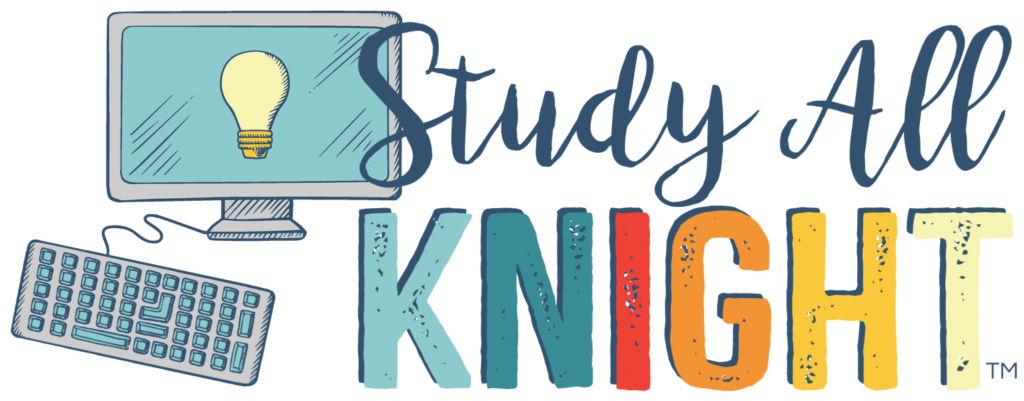Study Guides. A necessity? Yes, they are. But, they are not an active guide to reading.
Actually, a study guide is a very passive guide to reading. Don’t get me wrong, without a study guide you would go completely wrong. I am just saying there is something better.
So what can a secondary teacher do to create a more active student centered experience while reading literature? Today’s inclusive classroom has students at all skill levels. Differentiation is the key to our instructional success.




When teachers take direct instruction out of the equation what do our students have left? Self direction. According to my esteemed media specialist at my school, “students cannot be self directed entirely unless the task is clearly defined.” Any teacher can throw together task cards, foldables, and flip books and stack them on a student’s desk.
For the last two school years I have been involved in my school’s initial team of teachers for a pilot program. In the training we focus on differentiation and flipping the secondary classroom. We create center and problem based tasks.
What happens next? This is up to the facilitator. Modeling (not the fashion kind). The question is, “What should it look like?”
For Teachers:
1. Have the copy machine collate the flip book.
2. Print and assemble one to show them what it should look like.
3. Print the answer key and keep it on hand at all times. I also print one for my teacher cadet and instructional para(s).
6. Announce, “5 extra credit points if you come in tomorrow with your flip book tabs colored in…” -and then show them yours:)
5 Tips to using a novel flip book…
First—before you attempt anything–Do a flip book walk through. Go look! Flip! Explore!
1. Instruct your students to keep it out on the corner of their desk. You’ll be in it everyday so keep it alive and handy at all times!
2. Refer to it often. Use the flip guide as your students guide to the universe (at least for the novel unit).
3. Use it as an assessment. Assign a due date for their completed reading guide pages and give your students a grade. Today’s are not willing to any more than expected. You have to grade the flip book. At the end of the unit, maybe the day of the test or final project is due, have them turn it in for grading.
4. Don’t forget to allow your students time for color design. Studies show that once your student’s materials are color coded or are presented in color retention of concepts increase. And, their organizational skills will improve. Visually, color creates fast recognition and they will remember the pages better.
5. Create engaging activities utilizing the flip book. Example- Have your students use a character chart from the flip book to create a written character sketch body biography, character map, or Venn diagram. Another example is creating a center task where students have to cute evidence from the novel that supports a themed writing. Using the theme page from the novel flip book your students will get a jump start and good direction from the flip book.







